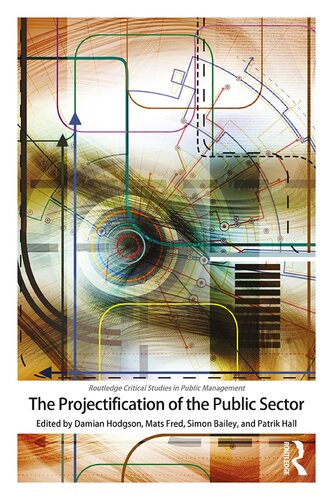

Most ebook files are in PDF format, so you can easily read them using various software such as Foxit Reader or directly on the Google Chrome browser.
Some ebook files are released by publishers in other formats such as .awz, .mobi, .epub, .fb2, etc. You may need to install specific software to read these formats on mobile/PC, such as Calibre.
Please read the tutorial at this link: https://ebookbell.com/faq
We offer FREE conversion to the popular formats you request; however, this may take some time. Therefore, right after payment, please email us, and we will try to provide the service as quickly as possible.
For some exceptional file formats or broken links (if any), please refrain from opening any disputes. Instead, email us first, and we will try to assist within a maximum of 6 hours.
EbookBell Team

4.1
80 reviewsIn recent decades, we have witnessed an increasing use of projects and similar temporary modes of organising in the public sector of nations in Europe and around the world. While for some this is a welcome development which unlocks entrepreneurial zeal and renders public services more flexible and accountable, others argue that this seeks to depoliticise policy initiatives, rendering them increasingly technocratic, and that the project organisations formed in this process offer fragmented and unsustainable short-term solutions to long-term problems.
This volume sets out to address public sector projectification by drawing together research from a range of academic fields to develop a critical and theoretically-informed understanding of the causes, nature, and consequences of the projectification of the public sector. This book includes 13 chapters and is organised into three parts. The first part centres on the politics of projectification, specifically the role of projects in de-politicisation, often accomplished by rendering the political “technical”. The chapters in the second part all relate to the reframing of the relationship between the centre and periphery, or between policy making and implementation, and the role of temporality in reshaping this relation. The third and final part brings a focus upon the tools, techniques, and agents through which public sector projectification is assembled, constructed, and performed.